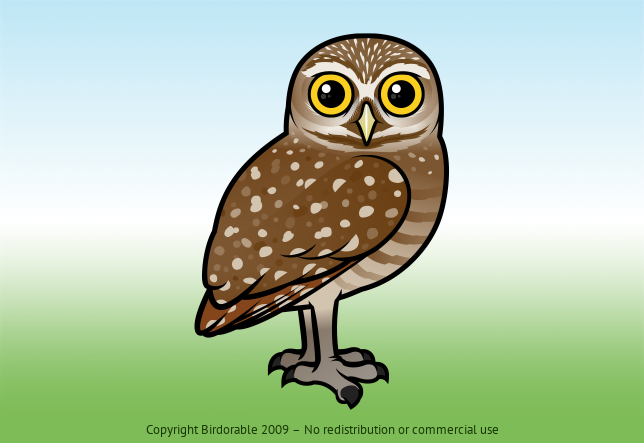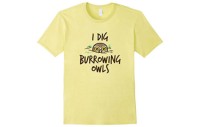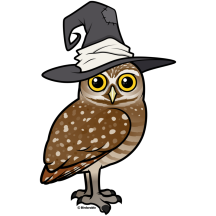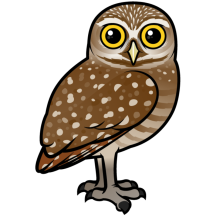The Burrowing Owl is a small, long-legged owl notable for its unique terrestrial life, living in burrows instead of trees. These owls have a sandy color that blends well with the open, dry landscapes they inhabit. They feature bright yellow eyes and a white chin stripe that contrasts with their brown-speckled plumage.
Common across the grasslands of North and South America, Burrowing Owls are often found in prairies, deserts, and other open habitats. They are unusual among owls for their diurnal habits, often seen during the day standing near or on top of their burrows.
These owls do not dig their own burrows but repurpose those abandoned by ground squirrels, prairie dogs, or tortoises. Their diet is versatile, consisting mainly of insects and small rodents, but also includes birds, amphibians, and reptiles.
Burrowing Owls are known for their interesting behaviors such as mimicking rattlesnake noises to deter predators. During breeding season, they line their burrows with dung to attract insects, which serve as an easy food source for their chicks.
Conservation concerns for Burrowing Owls revolve around habitat destruction due to development and agriculture, which threaten their burrowing sites. Efforts are made to protect their environments and maintain the ecosystems necessary for their survival.
Brazilian (Português brasileiro)
Coruja-buraqueira
アナホリフクロウ (Anahorifukurou)






















































